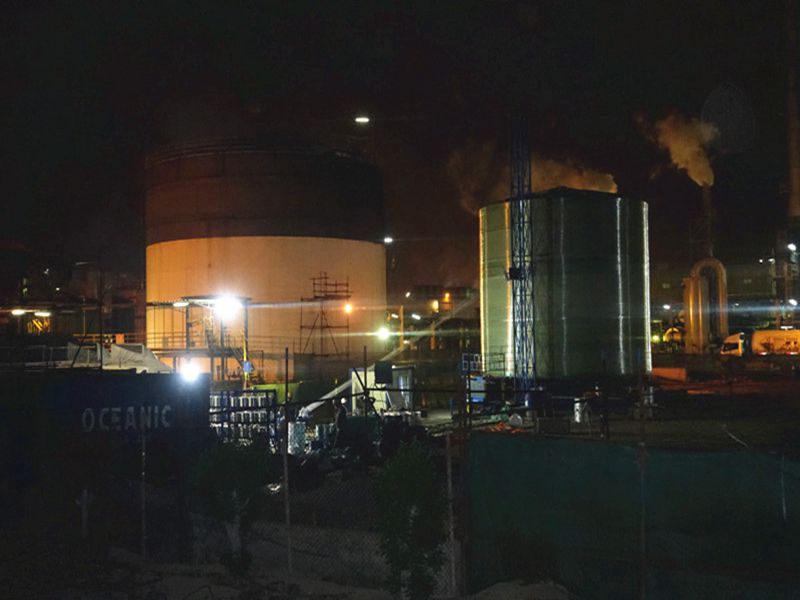
-
 Afrikaans
Afrikaans -
 Albanian
Albanian -
 Amharic
Amharic -
 Arabic
Arabic -
 Armenian
Armenian -
 Azerbaijani
Azerbaijani -
 Basque
Basque -
 Belarusian
Belarusian -
 Bengali
Bengali -
 Bosnian
Bosnian -
 Bulgarian
Bulgarian -
 Catalan
Catalan -
 Cebuano
Cebuano -
 China
China -
 China (Taiwan)
China (Taiwan) -
 Corsican
Corsican -
 Croatian
Croatian -
 Czech
Czech -
 Danish
Danish -
 Dutch
Dutch -
 English
English -
 Esperanto
Esperanto -
 Estonian
Estonian -
 Finnish
Finnish -
 French
French -
 Frisian
Frisian -
 Galician
Galician -
 Georgian
Georgian -
 German
German -
 Greek
Greek -
 Gujarati
Gujarati -
 Haitian Creole
Haitian Creole -
 hausa
hausa -
 hawaiian
hawaiian -
 Hebrew
Hebrew -
 Hindi
Hindi -
 Miao
Miao -
 Hungarian
Hungarian -
 Icelandic
Icelandic -
 igbo
igbo -
 Indonesian
Indonesian -
 irish
irish -
 Italian
Italian -
 Japanese
Japanese -
 Javanese
Javanese -
 Kannada
Kannada -
 kazakh
kazakh -
 Khmer
Khmer -
 Rwandese
Rwandese -
 Korean
Korean -
 Kurdish
Kurdish -
 Kyrgyz
Kyrgyz -
 Lao
Lao -
 Latin
Latin -
 Latvian
Latvian -
 Lithuanian
Lithuanian -
 Luxembourgish
Luxembourgish -
 Macedonian
Macedonian -
 Malgashi
Malgashi -
 Malay
Malay -
 Malayalam
Malayalam -
 Maltese
Maltese -
 Maori
Maori -
 Marathi
Marathi -
 Mongolian
Mongolian -
 Myanmar
Myanmar -
 Nepali
Nepali -
 Norwegian
Norwegian -
 Norwegian
Norwegian -
 Occitan
Occitan -
 Pashto
Pashto -
 Persian
Persian -
 Polish
Polish -
 Portuguese
Portuguese -
 Punjabi
Punjabi -
 Romanian
Romanian -
 Russian
Russian -
 Samoan
Samoan -
 Scottish Gaelic
Scottish Gaelic -
 Serbian
Serbian -
 Sesotho
Sesotho -
 Shona
Shona -
 Sindhi
Sindhi -
 Sinhala
Sinhala -
 Slovak
Slovak -
 Slovenian
Slovenian -
 Somali
Somali -
 Spanish
Spanish -
 Sundanese
Sundanese -
 Swahili
Swahili -
 Swedish
Swedish -
 Tagalog
Tagalog -
 Tajik
Tajik -
 Tamil
Tamil -
 Tatar
Tatar -
 Telugu
Telugu -
 Thai
Thai -
 Turkish
Turkish -
 Turkmen
Turkmen -
 Ukrainian
Ukrainian -
 Urdu
Urdu -
 Uighur
Uighur -
 Uzbek
Uzbek -
 Vietnamese
Vietnamese -
 Welsh
Welsh -
 Bantu
Bantu -
 Yiddish
Yiddish -
 Yoruba
Yoruba -
 Zulu
Zulu
GRP Pipes and Fittings for Marine Construction and Shipbuilding Applications
GRP Pipes and Fittings for Shipbuilding A Comprehensive Overview
In the maritime industry, the choice of materials for construction is crucial due to the demanding and challenging environments that ships operate in. One of the most revolutionary developments in shipbuilding materials is the use of Glass Reinforced Plastic (GRP) pipes and fittings. GRP, also known as fiberglass, offers numerous advantages that make it an ideal choice for various applications in shipbuilding.
Advantages of GRP Pipes and Fittings
1. Corrosion Resistance One of the standout features of GRP materials is their exceptional resistance to corrosion. Traditional materials like steel and iron are prone to rust and degradation due to exposure to saltwater and harsh weather conditions. GRP, however, does not corrode, which significantly extends the lifespan of pipes and fittings used in ship systems, including drainage, water supply, and sewage applications.
2. Lightweight GRP pipes are considerably lighter than their metal counterparts. This lightweight nature is particularly beneficial in shipbuilding, where every kilogram contributes to the overall weight and fuel efficiency of the vessel. The reduced weight leads to lower transportation costs and easier installation, making GRP an efficient choice for shipbuilders striving for optimal performance.
3. Strength and Durability Despite being lightweight, GRP materials exhibit remarkable strength and durability. They can withstand high pressure and have excellent tensile strength, making them suitable for various applications. This durability means that ships constructed with GRP components are less likely to suffer from structural failures, ensuring better reliability and safety.
4. Thermal Insulation GRP possesses excellent thermal insulation properties. This characteristic is crucial in marine applications where temperature control is essential. The ability of GRP pipes to minimize heat transfer helps maintain the desired temperature for various fluids, enhancing the efficiency of systems onboard.
5. Cost-effectiveness While the initial investment in GRP pipes and fittings may be higher than traditional materials, the long-term savings are substantial. The longevity, low maintenance requirements, and reduced need for replacements contribute to significant cost reductions over time. This makes GRP a financially sound investment for shipbuilders.
grp pipes and fittings for ship building

6. Ease of Installation GRP piping systems can be prefabricated in various sizes and shapes, allowing for easier installation. The lightweight nature of the materials also reduces labor costs and installation time. Shipbuilders appreciate the flexibility that GRP provides, enabling them to tailor solutions to specific design requirements.
Applications in Shipbuilding
GRP pipes and fittings are increasingly being utilized in a variety of applications within the maritime sector. They are commonly used in
- Ballast Water Management Systems Due to strict environmental regulations regarding ballast water treatment, the corrosion resistance and lightweight nature of GRP make it an excellent choice for piping in these systems.
- Freshwater and Wastewater Systems The non-corrosive nature of GRP makes it ideal for transporting both freshwater and wastewater, ensuring safe and efficient operation.
- Cooling Systems GRP’s thermal insulation properties make it suitable for cooling water pipes, which are vital for maintaining the operational efficiency of ship machinery.
Conclusion
As the maritime industry continues to evolve, the need for advanced materials like GRP pipes and fittings becomes increasingly apparent. Their unique combination of lightweight design, corrosion resistance, strength, and cost-effectiveness makes them a compelling choice for shipbuilders looking to enhance the performance and reliability of their vessels. As technology progresses, we can expect further innovations in GRP applications, solidifying its place as a cornerstone in the future of shipbuilding. Embracing materials such as GRP not only meets the current demands of the maritime sector but also sets the stage for sustainable and efficient practices in the years to come.









